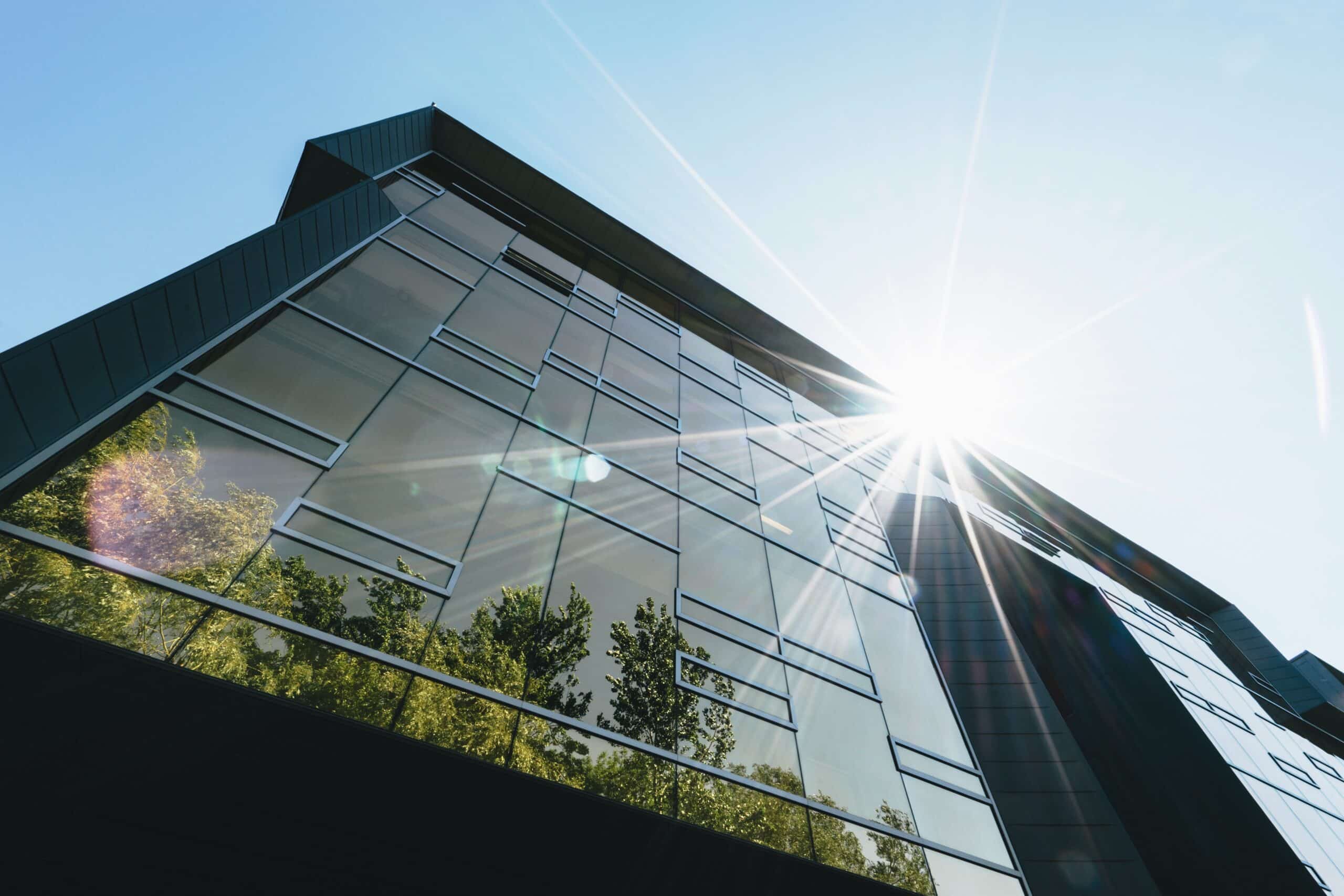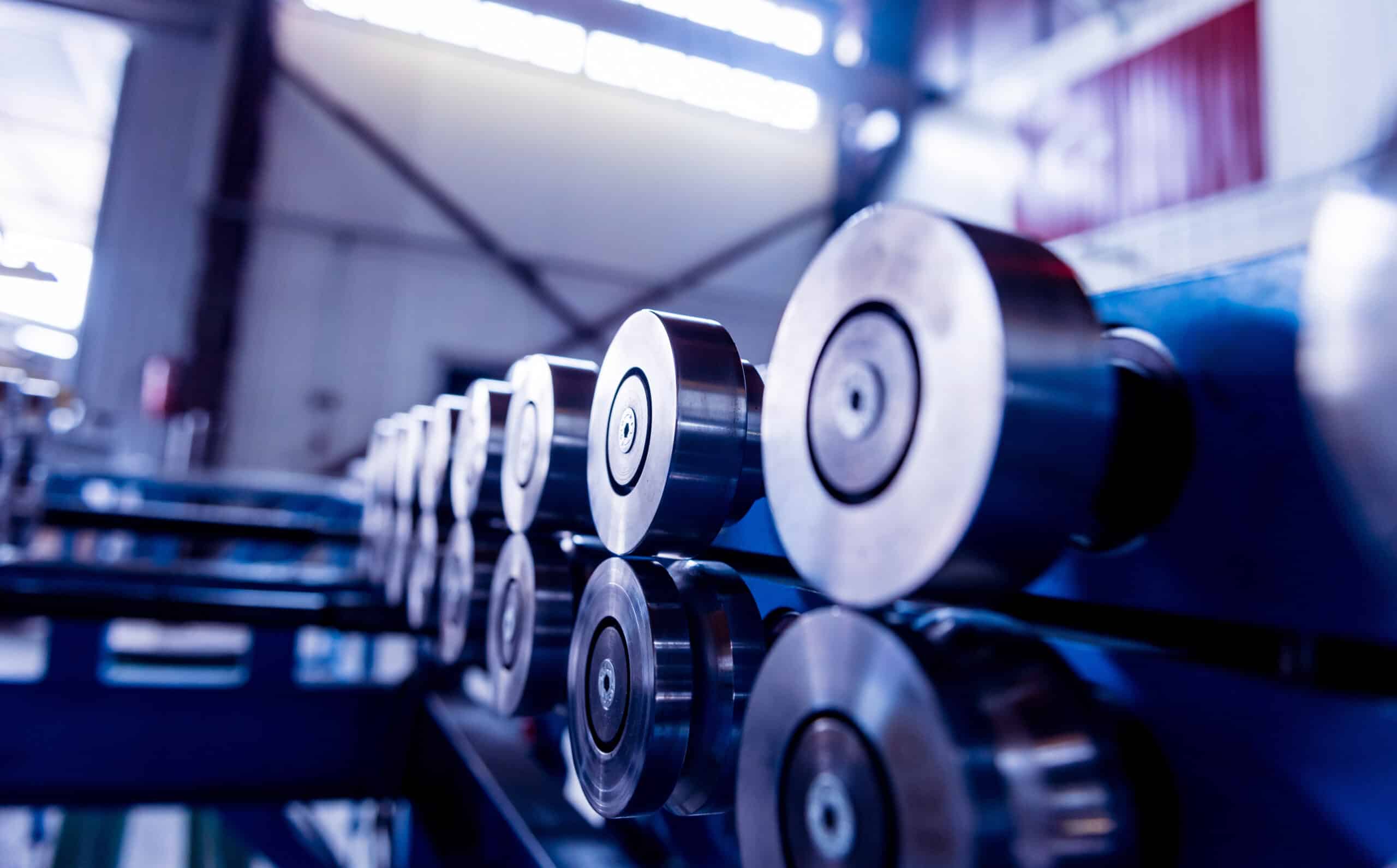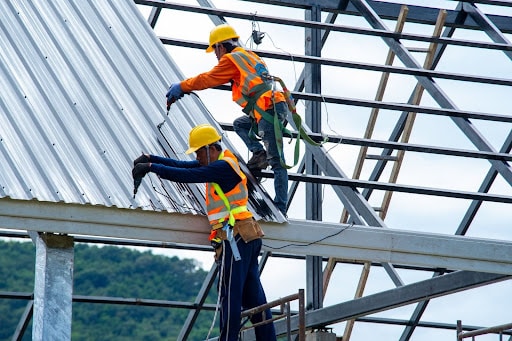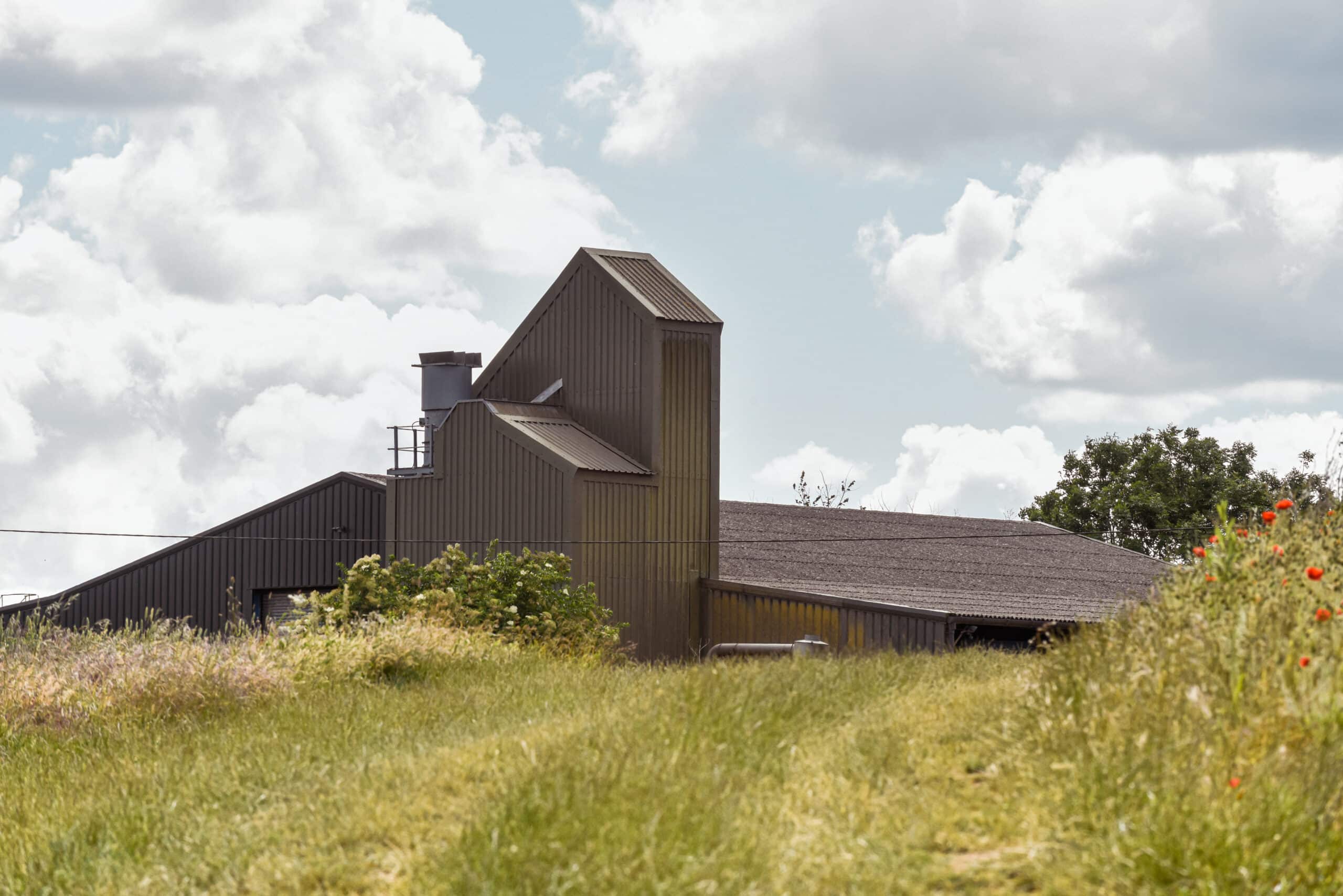Leadership in Energy and Environmental Design
According to the EPA, constructing green buildings entails environmental responsibility and resource efficiency throughout the building’s lifecycle. A green building aims to have a net positive effect on the environment and the people who inhabit these buildings throughout the building’s planning, design, construction, and operations.
Leadership in Energy and Environment Design (LEED) certification is the gold standard for green architecture, providing a third-party verification of energy and water efficiency, CO2 emissions reduction, and improved indoor environmental quality. LEED certification can be applied to all building types and phases, leading to economic benefits, lower environmental impact, and healthier indoor environments where people live and work.
To achieve a LEED certification, construction projects earn points by complying with guidelines outlined by U.S. Green Building Council (USGBC). These guidelines are used to assess a facility’s design and construction in terms of: carbon, energy, water, waste, transportation, materials, health and indoor environmental quality. The four levels of LEED certification are:
- Certified (40-49 points)
- Silver (50-59 points)
- Gold (60-79 points)
- Platinum (80+ points)
Lower Environmental Impact
There are several ways LEED-certified buildings reduce environmental impact compared to typical buildings. The U.S. Department of Energy reviewed 22 LEED-certified buildings and found that CO2 emissions were 34% lower, they consumed 25% less energy and 11% less water compared to typical buildings without LEED certification.
According to the Alliance to Save Energy, buildings account for about 40% of all U.S. energy consumption and a similar proportion of greenhouse gas emissions. Alternative energy sources such as solar, geothermal, and wind energy help reduce CO2, making them ideal sources when building to LEED standards. In addition, overall efficiency is higher in sustainably designed structures leading to lower energy and water consumption.
Economic Benefits
Protecting our ecosystems, conserving natural resources, improving air quality, and reducing waste come with many benefits including financial ones. The lower environmental impact of LEED-certified buildings translates to reduced building and maintenance costs as well as tax credits.
Lower utility bills are a reason to celebrate every month thanks to alternative energy sources, proper insulation, Energy Star-certified windows, energy-efficient LED lighting, and low-flow plumbing fixtures. According to a study for the U.S. Department of Energy, LEED buildings report 19 percent lower maintenance costs than the industry average.
More economic benefits of green buildings include tax incentives and higher property values. Information about federal income tax credits and incentives for homeowners, home builders, and commercial building owners is located on the Energy Star website. Green buildings have consistently reported increased asset values and higher rent and resale values. The economic value of LEED-certified buildings is hard to ignore.
Healthier Buildings for People to Live and Work
Americans spend approximately 90% of their time indoors with air that is two to ten times more polluted than outdoor air, according to the EPA. Therefore, creating a healthy indoor environment free from airborne toxins and pollutants is essential to our well-being.
LEED-certified buildings containing continuous ventilation and low- and zero-VOC materials improve indoor air quality. Workers in green-certified facilities scored 26.4% higher on cognitive function tests (controlling for annual earnings, job category, and level of schooling) and had 30% fewer sick building symptoms than those in non-certified buildings, according to a study published in the National Library of Medicine. High-quality indoor air contributes to improved employee productivity, reduced absenteeism, and workplace happiness, according to a USGBC survey.
Eco-friendly Steel
Steel framing is made from an average of 67% recycled material, and since steel itself is entirely recyclable, steel construction aids in obtaining LEED certification for your projects. In addition, steel homes and buildings have significantly fewer toxins to irritate asthma and allergy sufferers.
International Steel Framing steel truss design technology is manufactured using the latest sophisticated, computer-driven roll formers tightly integrated with state-of-the-art software for bidding, designing, and engineering trusses.
Get in touch with ISF today to learn more about our steel truss design technology and roll-forming machines for sale.




